Many years ago I wrote about a concept for a low-cost persistent surveillance devices that exploited cheap electronic components, and how they might be used for NATO border areas.
The central idea was to treat them as disposable items, built with Raspberry Pi Zero Single Board Computer and widely available camera modules. They would be deployed en-masse as part of a digital fence to provide defending forces with a mass of data that could be fused, analysed and, ultimately, turned into valuable intelligence for decision-makers.
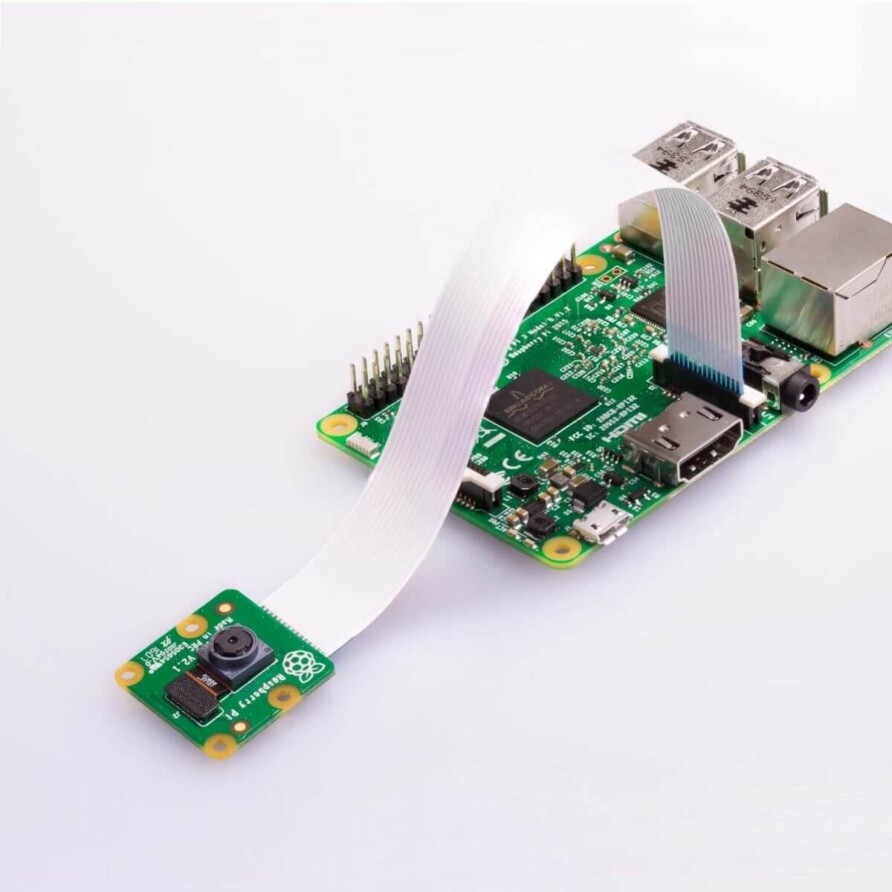
Bringing the concept up-to-date, what piqued my interest was some CCTV footage from Ukraine, particularly this one
And this
A Digital Fence for NATO
When I say fence, I would perhaps call it more of a very thick belt. Instead of being thin like a physical fence, NATO nations on the border with Russia and Belarus might create a constellation of passive sensors, sensors that hoover up information and transmit it back for analysis.
Their real benefit would only be realised if they were ubiquitous, it is no good creating a sensor network so exquisite it cannot be afforded or afforded only in certain parts. We should be thinking of flooding the border areas with such devices, or at least having the infrastructure in place at readiness to do so.
Sensors
The obvious ones would be optical, 4k and HD cameras with good low-light performance are available from upwards of twenty quid.
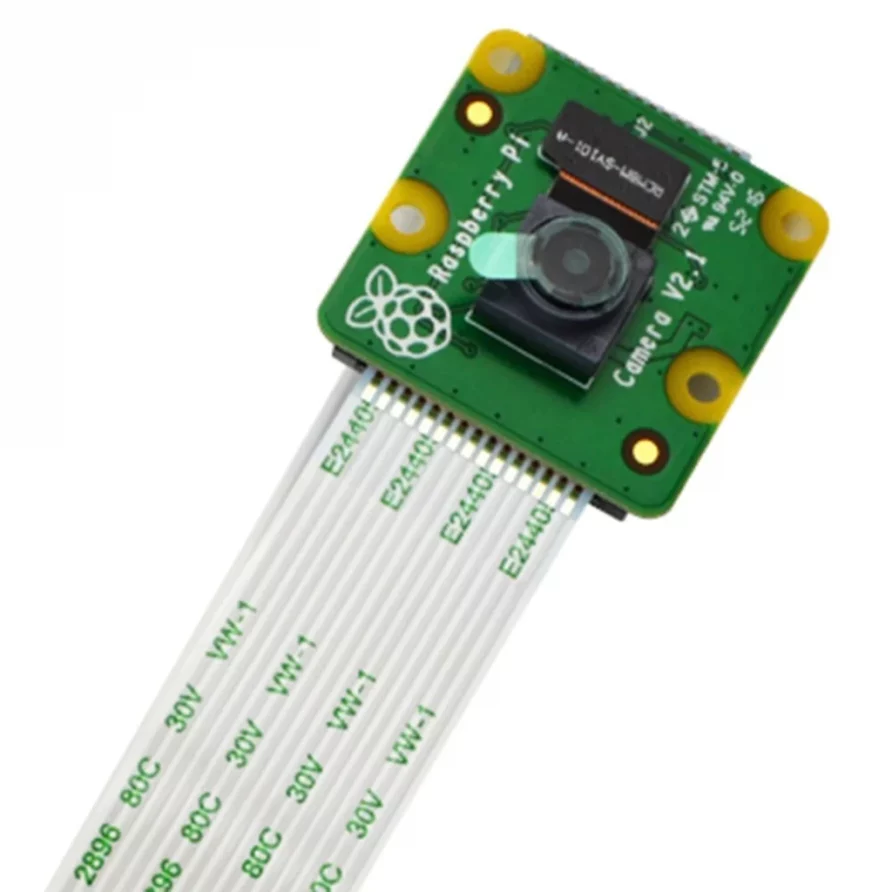
In addition to optical sensors, 3G/4G/5G, Bluetooth and HF/VHF/UHF boards are also readily available.
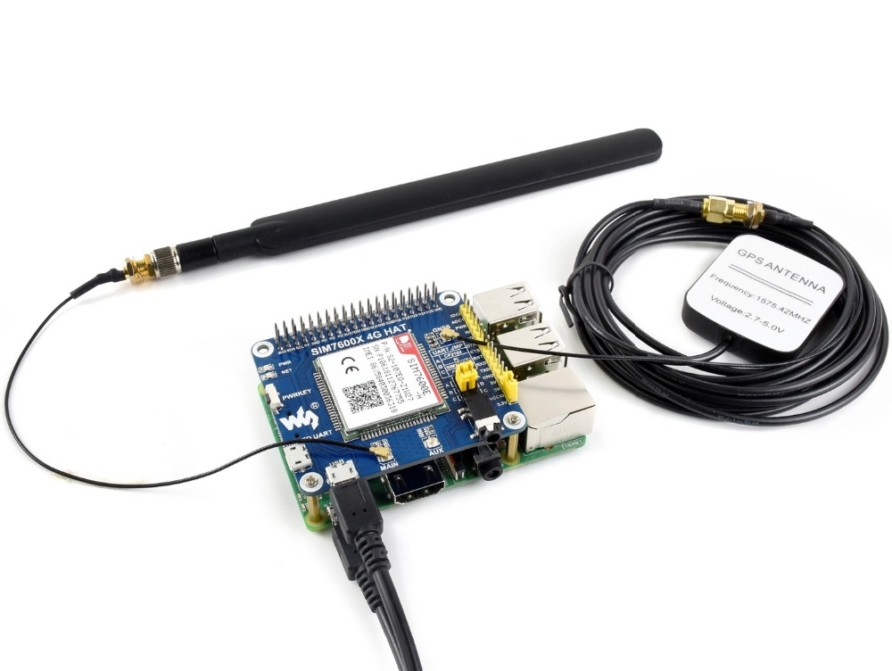
Sitting there, hoovering up approaching enemy forces electronic emissions as they move past the sensor.
An armoured column might have someone stupid enough to have their mobile phone on. Collect that, cross-reference with their social media and type of vehicle, and compare with number plate recognition if available, and you could start to build up an accurate picture, especially for high-value targets like senior officers or specialist vehicles.
With automation, it is certainly possible to envisage that identification is used to drive digital signage or social media messaging over mobile networks.
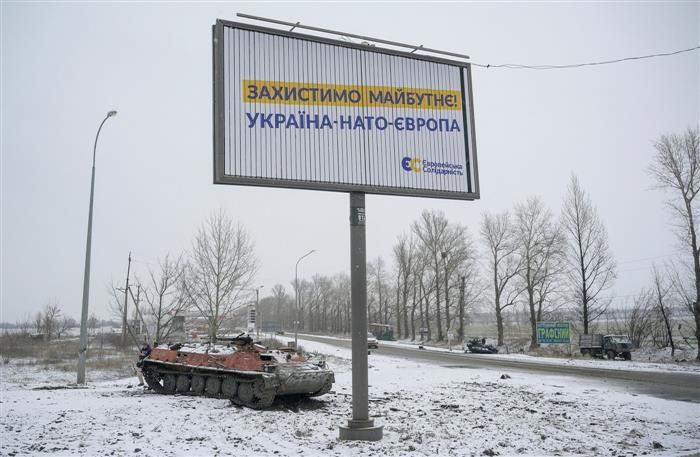
Instead of whatever that says (sorry), it could be a display that flashes up names and a morale-sapping message, reminding everyone that a rocket or missile is inbound now we know where you are!
Processing
The issue with processing is to strike a balance between onboard processing that requires power with bandwidth to backhaul it for further processing. A single-board computer might not have the power, but they are getting more sophisticated all the time.
In the UK, we collectively purchase about 1.5 million smartphones every year, which means older ones are being replaced. The most contract length is 24 months, which means there are a lot of nearly new smartphones on the second-hand market. Your average Android or Apple phone is now incredibly powerful, they have USB interfaces and excellent optics. Why bother with a Raspberry Pi Single Board Computer when you can use an out-of-contract second-hand handset? They probably have a greater second-hand value than an SBC, but certainly worth a look.
Networks
Using 4G/5G means the device is a radio emitter, which means it is detectable and requires more power than fixed networks. It also means reliance on civilian wireless telecommunications networks, although this makes deployment costs very low.
Using a fixed network means a fibre optic cable. In many places, this is not as ridiculous as it might sound, fixed networks on major roads, intersections, and buildings are commonplace. Their ubiquity makes them quite robust and resilient, although they would be reliant on power networks being available (as would a 4G/5G approach)
Power
Pop outside, and look at the street furniture; telegraph poles, telecommunications masts and aggregation points, bollards, signage, lampposts, and gas and water pumping installations. Each one of these has power that could be used, and in some cases, network-over power cables or power-over Ethernet systems might also be used.
One difference from the last time I wrote about this is the massive progress in battery technology, so much so that power stations can be had for a few hundred dollars. Equipped with a portable solar panel, it could easily keep a single board computer going for a continuous 247 cycle indefinitely.
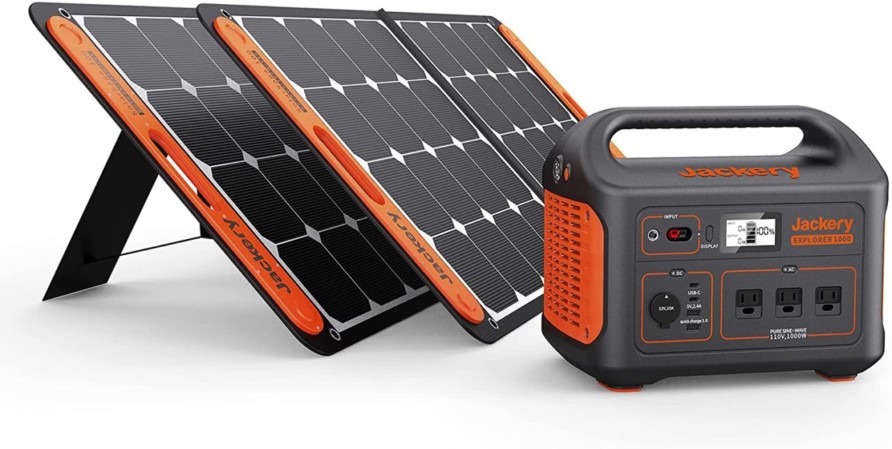
Physical
A plastic box, waterproof, with convenient holes for sensors and power/network connections, is hardly a complex challenge. Ideally, they would be housed inside existing street furniture or buildings.
Deployment
Deployment and maintenance would be a factor of time and money.
With lots of both, a multi-year programme of ensuring street furniture is fitted with suitable connectivity would allow the sensor boxes to be quickly deployed in times of rising tension. This would be the ideal, fixed networks and mains power, devices hidden in existing infrastructure. If there was less time and money, a rapid deployment approach might be lower cost but would perhaps be harder to disguise and likely reliant on portable power and wireless networking.
A mixed approach would likely be best.
Build the access points in-depth, at key road junctions first, then expand out.
Summary
This isn’t a sophisticated idea, but if we said a suitable single-board computer, with a camera or radio sensor, and a power station could be had for £500 (and I think I am being relatively generous there)
£5 million buys 10,000 of them, or about 60 Javelins.
A fixed network to support 10,00 devices would be vastly more, but I think you can start to imagine how the low cost and ubiquity of modern power and electronics can be used to ‘go large’.
The real challenge would be figuring out how to turn the vast quantity of collected data into useful intelligence, a software problem, but an interesting one.
This is not so much about early warning, but building up electronic footprints, understanding enemy movements, identifying high-value targets and providing target information for defending forces.
Read more (Affiliate Link)

Discover more from Think Defence
Subscribe to get the latest posts sent to your email.


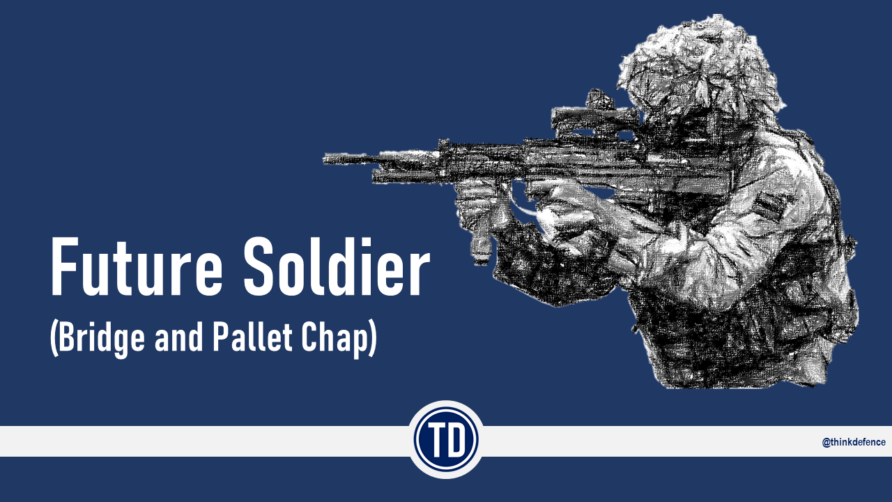
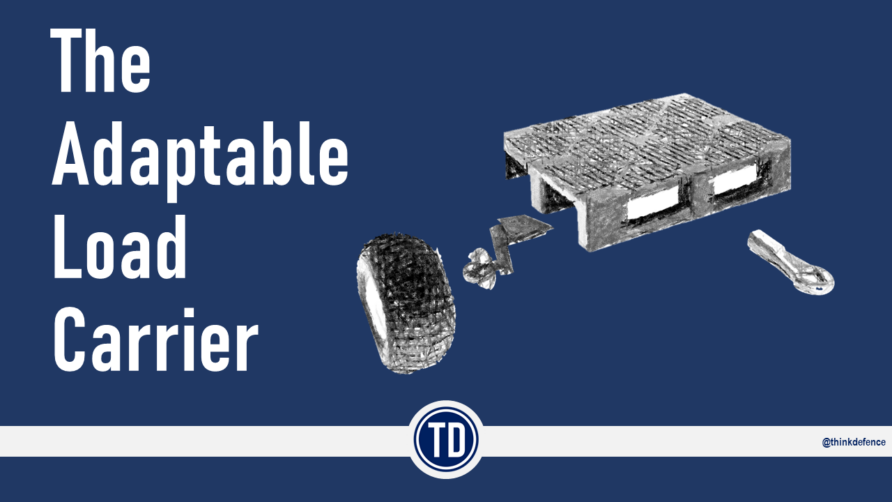
Despite all the information collection tools, bandwidth and capacity is still a major bottleneck in UGS (unmanned ground sensor) processing. If a single node is transmitting “live” video 24/7, you end up with one sensor “hogging” one monitor and you’re still using one man to monitor the feed from one sensor. Most of the time, the “sensors”, NV and TI, are on some sort of “trigger” so that unless something is there to be detected, the sensor remains passive. This lets a single control “node” monitor multiple sensor clusters.
Not to mention the best “processor” is still a human being to decide if the camera caught something worthwhile, or simply crap (which happens rather often since one of the “triggers” usually is a motion detector, so lots of pictures of moving leaves).
When we detect/capture something, the person monitoring would take a look at the image captured, then crop and compress the image to a much lower resolution if worthwhile as most cameras have a much higher resolution than can be transmitted out practically from a signal set, then bump the image out to HQ, but more often than not, we just count the images and send the total out by text unless we see something we can’t recognise.
This means that ironically, the biggest size limitation isn’t how small you can make the equipment, but how small can the screen go without making it unusable for humans since you have to “see” the image, sometimes enlarged for clarity, crop it and compress it, especially at night or objects that are captured at a distance.
No point having a postage stamp sized computer when the user can’t make out what the screen is showing! :)
Normally, we have 3 sensor “clusters” monitored by a single Toshiba Toughbook.
Total weight of the system? 48kg. Excluding your normal load. @#$%^&*(
I like the idea of a competion spread through UK Universities Computing/Electronic engineering departments with the IPR going to the winning(winners) University.
Software could be written ( probably already exists) that can filter the data so that only relevant information is transmitted limiting power consumption and the OPFOR’s ability to find the device by its emissions. Multiple devices at any chosen location could be set up with only one actually active with a backup dormant waiting to activated by remote if the first is discovered.
Anything that is cheap that makes the OPFOR spend hard earned Ruble’s/Yuan on countering it “is a good thing™” IMHO.
@TD I would have thought there’s a lot more to add on software aspects ? Facial recognition would be one, but I expect there must be others as well.
I agree with Obsever below. The “man in the loop” is the best decision maker on what is valid and what is not.It helps that technplogy can help to limit this workload with regards to monitoring video feed.
My home web cam software has an alert facility. My web cam “knows” what the outside area of my house looks like. If it sees a change in that picture it can do a number of things such as send me an email alert of a possible intruder or take a picture and record video and store it in the cloud. Where I am though trees and leaves are not so much of an issue!
The technology is already there and should be exploited. But you will still need a “man in the loop” to asses it.
Don’t disagree, but you can do a great deal in software to turn raw data into useful information. That is why one sensor cueing another is so important, it allows presentation of an image or some other data only when something on note is happening
being an estonian, i´ve been thinking about something similar on context of more conventional warfare than COIN etc.
basicly a CCTV (throwaway) camera, for uses like good old WW2 spotter on church tower. or in hedge :) or hanging on a tree along highway.
basicly only good enough sensors to differentiate between civilian cars and BMP/BMD/BTR´s for mine ambushes/arty strike etc.
it should be passive, even video signal should go through optical cable, meaning it would be also jam-proof. and cheaper too. if one could retrieve it, it´s good, if not, oh well…
this should somewhat mitigate other observ. tools deficiencies – current drones are extremely vulnerable or expensive, radars are beacons, real people are not expendable and too easily discovered (thermal imagers)
this is of course amateur´s thought´s, probably there are many flaws (visual range for example), but i was thinking among lines of WW1 trench periscope for platoon level use.
sorry for any typos and incoherent thought process
The main problem with this is how easy it is to track a RF signal, no matter what tech it uses.
If you put a hidden camera watching a high profile target, as stated the data needs to be fed back quickly, which means regular RF transmissions and as with surveillance tech being cheap off the shelf, so are RF scanners / trackers.
For irregular photos or short videos, that can be sent back by burst compressed signals, at random intervals, this can work, but if you need near real-time information, the camera is going to be discovered quickly.
The problem is that whilst the likes of ISIS are fairly low tech, their leadership is less so, ok not modern military level of tech but they don’t need that to track RF signals, and these are the guys that we would be trying to spy on.
The range of the sensor cluster transmission is very limited, only about 200-300m +/-, very low power, so the RF leakage problem is minimal. The biggest advantage the UGS gives us is the fact that you can monitor multiple axis of movement simultaneously, which is a big help for units that are short of manpower. The alternative is to put a 2 man OP for each axis = 6 men excluding relief, which is too much for a recon team.
One of the other criteria for a UGS is the total lack of traceable or classified technology. This way, you can lose a sensor and still not get tracked back or lose anything sensitive, though if the enemy is tech savvy, expect an infantry sweep of the area soon. That is why fibre optics are not used (besides the problem involved with 3 rolls of 300m cable and the damn knots that can happen with “land lines”), they can be followed back to the central processing node.
I do agree with some computer assisted processing, but you really should not rely on it too much. I’ve seen a computer classify a pickup truck as an A-vehicle. And knowing the processing sequence of the computer, it does have a logical flow process for that classification, but it’s still a bit dumb compared to a human. How the UGS classes vehicles (the low tech way) is via a “seismic spike” that measures ground vibrations, so a B-vehicle technically should not produce too much “crunching” noises that indicate an armoured vehicle. In that case I mentioned however, the vehicle was on a gravel path, so lots of “crunch” and vibrations which got it miss-classified. There are very high tech ways that involve microwave imaging and image comparison, but that is very, very high end tech and not common (or at least I have never encountered it in person yet, note the caveat).
A human being will get it in one look. A computer can be led down the garden path if the information it received was out of programmed values.
@Observer
If they can limit the RF leak and and reduce the chance of discovery, then having a load laid down broadcasting back to a more expensive Sat box and then feeding back to an array of screens back in the UK, could be very effective.
We have seen with broadcast TV/sport that one person can monitor dozens of screens looking for something ‘interesting’ happening.
However, RF is not very directional and i really don’t see how you could set these up without them being tracked, unless you are going to add to the price with a high zoom lens, which of any quality are generally pretty pricey.
One of the ideas for using them in a low power wide area networks linked to a satellite hub is that 1) the merge into the electronic background noise and 2) do not emit a great deal of power anyway.
Plus, you could also simply use them on demand, when something interesting is happening i.e. activated from other sensors or intelligence
Just a thought, none of this is perfect!
I won’t actually advise it since I mentioned bandwidth is limited, which is why we convert from image to text before sending back to HQ. Bandwidth and transmit time is the biggest problem, if you wanted to send video through our signals set, only God knows how long that is going to take.
Your sensor does not emit that much. Your signals/radio set on the other hand does. A CSM of mine (that same BUDS grad I mentioned in the dustup with SO) taught us that if for some reason or other you’re lost or misplaced your map and need a helo pick up, call for triangulation then hold the PTT (Press to Talk) down, count from one to ten and back. By the time you hit zero, they should have your location, so while the sensors might be able to transmit to the monitoring set with low chance of detection, it isn’t so from the monitoring set to HQ. Satellite though might work since it’s a dish pointing up.
As for directional, it actually depends on your antenna! The log periodic antenna I’m familiar with has 2 modes, if it’s vertical, it’s on omnidirectional but if it’s orientated horizontally, it becomes directional. So it depends on how you orientate and set up your antenna.
In a non-warzone situation surely the best place to hide your surveillance equipment is in the bandwidth of other “transmitters”, so in mobile or radio frequencies in a city/ town environment. Hide in the background noise.
If that’s the case, then as I can buy cameras, transmitters and batteries for sub £10 – I have 2 wireless cameras that use a 9v battery and transmit to a receiver and they cost me under £10 each. Why not apply that logic to a warzone. £10,000 buys me 3,000 transmitting cameras. Place a couple of high tech “puker” ones where I want them and scatter 1,000 others around the area and let the enemy sort through that lot. If a few of them “accidentally self destruct” on finding them, even better : )
UCL, thats the kind of thinking I was aiming for
Low cost = ubiquity
In a non-warzone situation, I’m going to have to ask who is going to look for your transmitter. Unless you’re working for the other side? :)
I do agree on the cheap part though it’s also never the cameras and short range transmitters that are the limiting factor. How big/many a video screen do you need to display all the results is one of the factors, which is why when you see photos of UAV “war rooms”, you see monitors all over the place. And if I have to carry a TV monitor on my back in addition to my load, I’m going to cry. You don’t want to see a grown man cry do you? lol.
Our mother processing node is a Toughbook, off the shelf. Think they got it at bulk discount, I saw pictures of them using the same thing in a SPYDER SAM launch vehicle and HIMARS! Batteries? Other than the computer battery packs, I personally have to lug 144 AA sized Eveready batteries (36 packs of 4) out. And I’m not the only one. I swear, if we were to ever run out of batteries, the whole army would grind to a halt.
In a non-war zone situation, why do we need the military involved.
I guess if your talking counter insurgency within a city (which is still sort of a war zone), whether its anti-IRA style where the city itself is at peace or Iraq/Afgan where things are a bit more of a mess, i guess you would have plenty of RF interference to lose signals in, after all even in Iraq/Afgan people have mobile phones and radio/tv’s etc.
As such would want to broadcast on public frequencies, such as using mobile phone frequencies to make sure it gets lost in the noise, which in turn brings down the cost since you could use an inexepensive mobile phone as a modem.
Unattended ground sensors were first used in Vietnam starting in the late 1960s, typically capturing and reporting sounds. My favourite was one placed in a VC bunker system which revealed one VC trying to persuade another not to marry his intended because her mother was a real dragon. Of course there were other modes besides sound. Whether or not they were notably useful is an interesting discussion, but they could be quite useful for providing warning of enemy approaching an ambush..
Well if no-one else is going to post it I will:
Airlander 10: HAP HAP and awayyyy! Oops.
http://www.bbc.co.uk/news/uk-england-beds-bucks-herts-37174417
@Ant
Not strictly speaking a ground-based surveillance system, but if they insist on landing it like that it may well become so!
crj,
Possibly it should have been in the “conflict prevention from above” thread? With some better bumpers, nothing would say “stop it” more than landing a 100 metre airship on someone.
One way to reduce the detectability, increase the range and reduce the power budget of wireless devices is efficient directional antennas = just saying….
Cross cue-ing sensors is a godsend … as anybody with motion detecting CCTV looking at a wide scene will attest.
I suspect given that we want to both sniff both 3/4/5G cellular, wifi and optical/sound, that would make a fairly chatty device. That says to me, for both data rate and security reasons, we need landline backhaul. It’s not as easy as cellular, but there’s plenty of copper and fiber these days, so shouldn’t be a big deal.
Provided we can get cooperation from the phone companies, they could probably give us far more data on “foreign phones” than any sensor we might deploy :-)